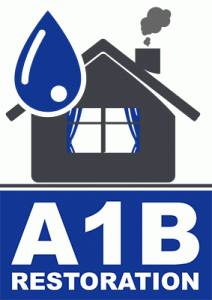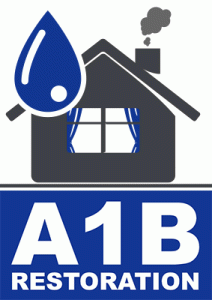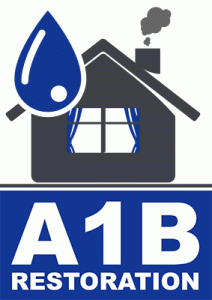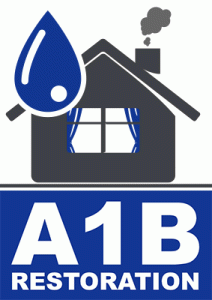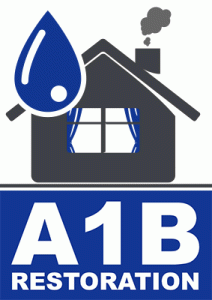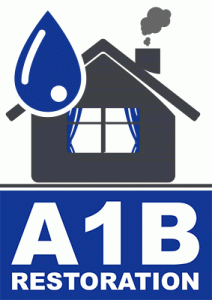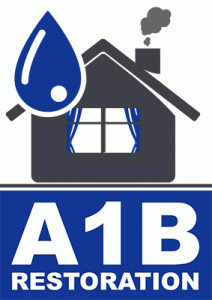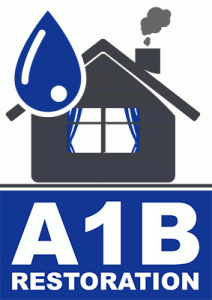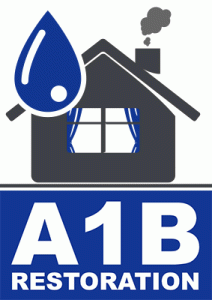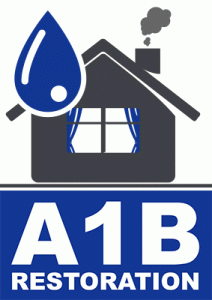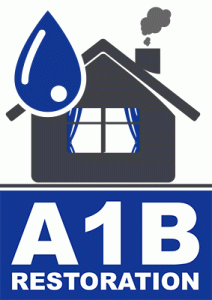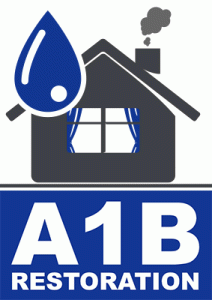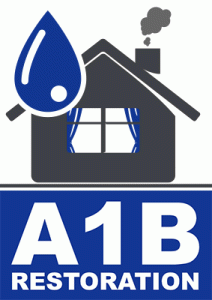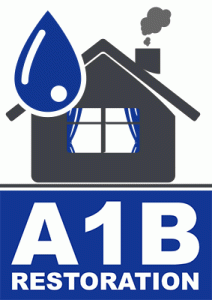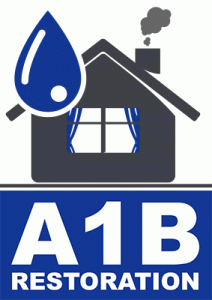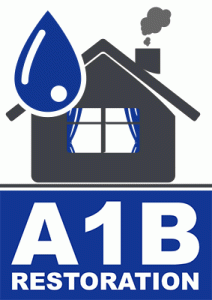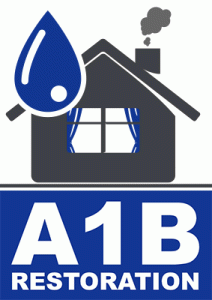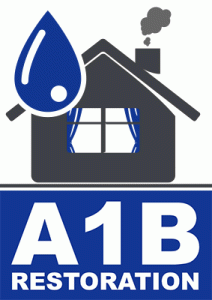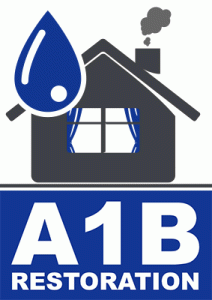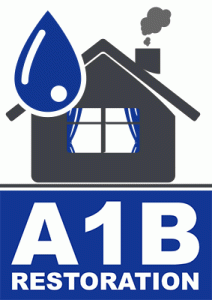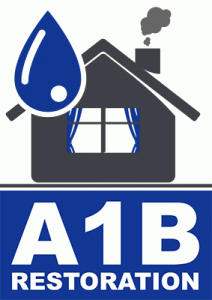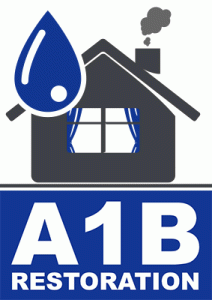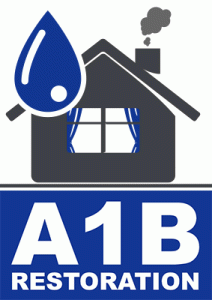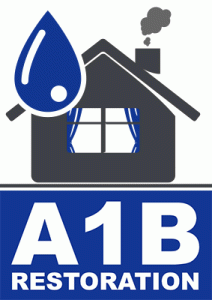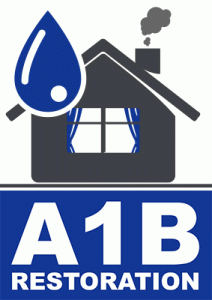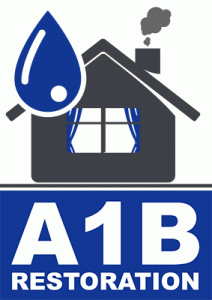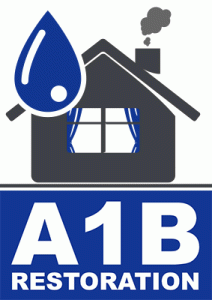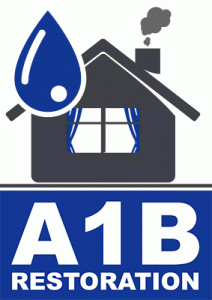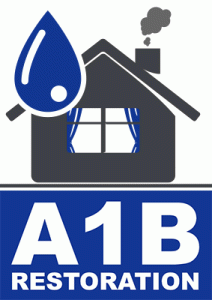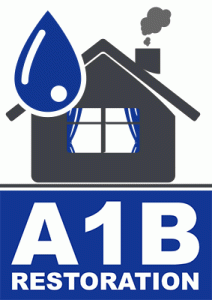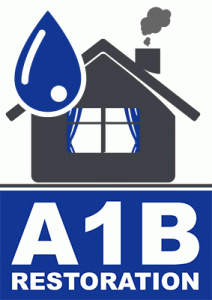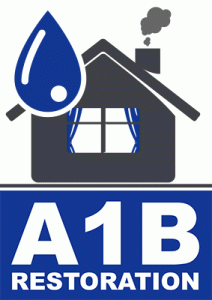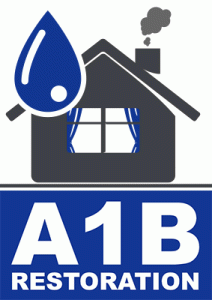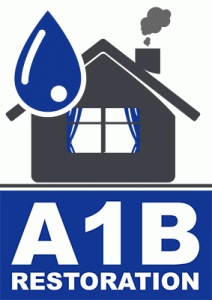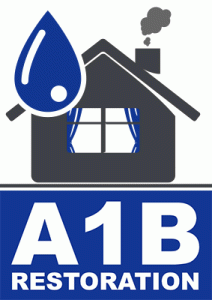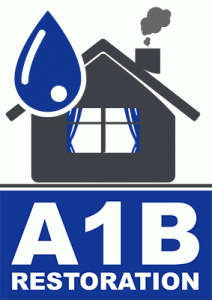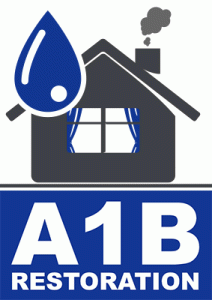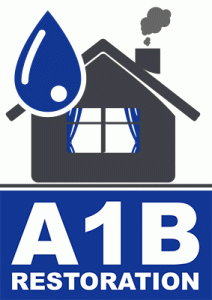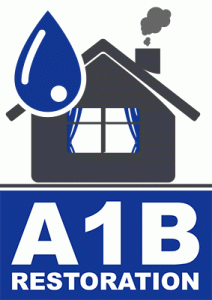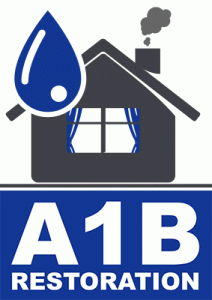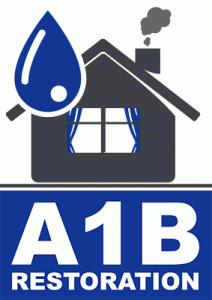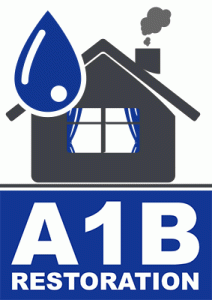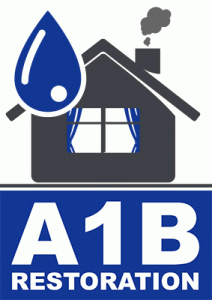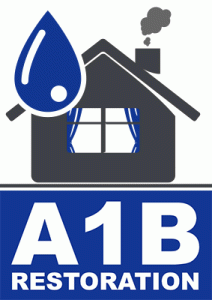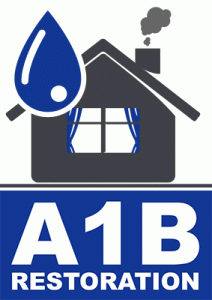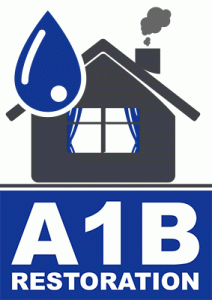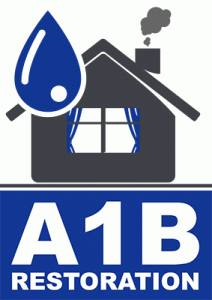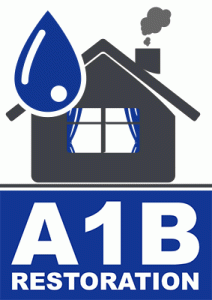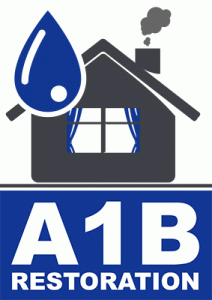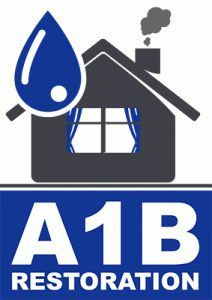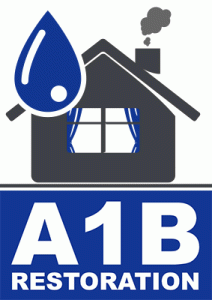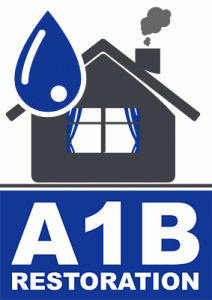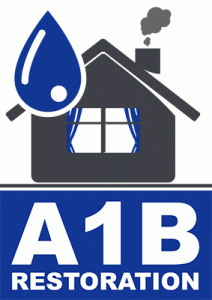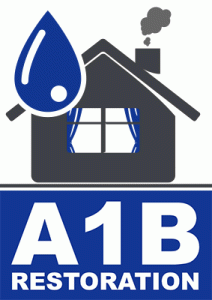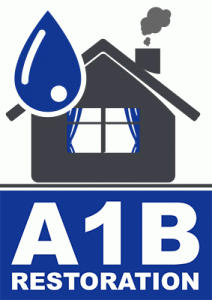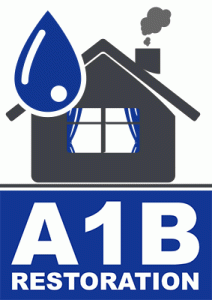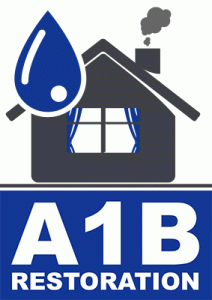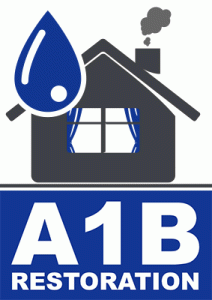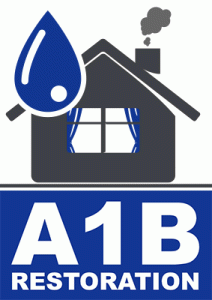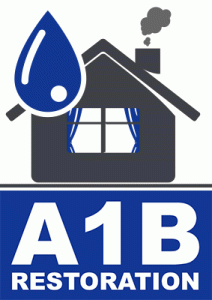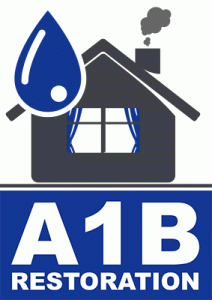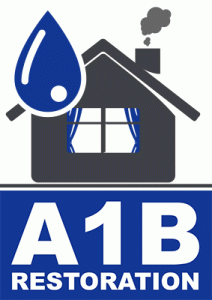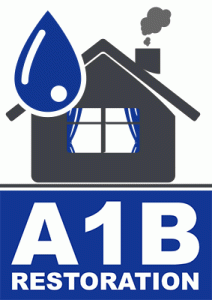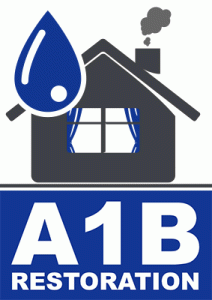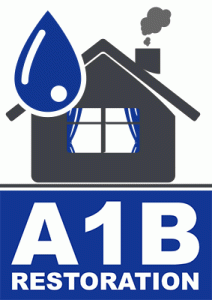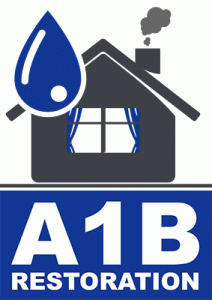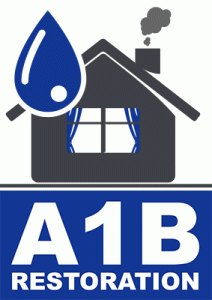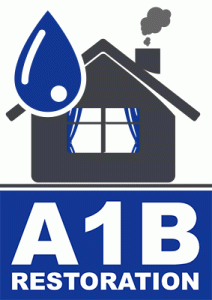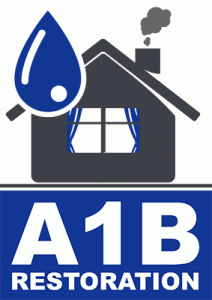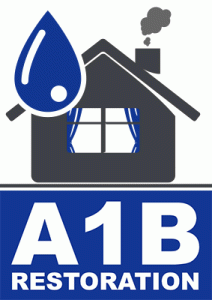Water Damage Restoration for Historic Homes
Historic homes are treasures of architectural and cultural significance, offering a glimpse into the past and embodying stories that span generations. However, one of the greatest challenges faced by owners of these homes is the threat of water damage. The intricate details and aged materials of historic properties require specialized approaches to restoration. In this comprehensive guide, we will explore the best practices for water damage restoration in historic homes, ensuring these timeless structures are preserved for future generations.
Understanding the Unique Challenges of Water Damage in Historic Homes
Water damage can be particularly devastating to historic homes due to their unique construction methods and materials. According to the National Trust for Historic Preservation, nearly 60% of historic homes in the United States suffer from some form of water damage each year. Understanding the unique challenges posed by water damage in these properties is the first step in developing an effective restoration strategy.
The Impact of Water Damage on Historic Materials
Historic homes often feature materials such as plaster, hardwoods, and antique brick, which are highly susceptible to water damage. These materials can warp, crack, or deteriorate when exposed to excessive moisture. Furthermore, historical construction techniques, such as lime-based mortars and wooden pegs, react differently to water compared to modern materials, requiring specialized knowledge for proper restoration.
Preserving Architectural Integrity
One of the paramount concerns in restoring historic homes is maintaining their architectural integrity. Any restoration efforts must ensure that the original design and materials are preserved as much as possible. This involves using period-appropriate materials and techniques, which can be challenging to find and implement.
Essential Steps for Water Damage Restoration in Historic Homes
Addressing water damage in historic homes involves a meticulous approach to ensure both the structural integrity and historical value of the property are preserved. Here are the essential steps to consider:
1. Conduct a Thorough Assessment
The first step in any restoration project is a detailed assessment of the damage. This involves inspecting both visible and hidden areas for signs of water infiltration, such as stains, mold, and material degradation. Engaging a professional with experience in historic home restoration can provide valuable insights and a comprehensive overview of the required work.
2. Develop a Customized Restoration Plan
Based on the assessment, a customized restoration plan should be developed. This plan must consider the specific materials and construction techniques used in the home, as well as the extent of the damage. It’s crucial to prioritize actions that prevent further deterioration while respecting the historical authenticity of the property.
3. Implementing Water Mitigation Strategies
Before restoration can begin, it’s essential to implement water mitigation strategies to prevent future damage. This might include repairing roof leaks, updating gutter systems, and improving drainage around the foundation. Proper ventilation and humidity control can also help protect vulnerable materials from moisture accumulation.
4. Restoring Damaged Areas
With mitigation efforts in place, restoration can commence. This may involve repairing damaged plasterwork, replacing warped wood, or repointing brickwork with the correct mortar mix. It’s critical to use materials and techniques that match the original construction as closely as possible to maintain the home’s historical integrity.
Key Tips for Successful Restoration
Here are some actionable tips to ensure the success of your water damage restoration project in a historic home:
Engage Experienced Professionals
Restoration of historic homes requires specialized skills and knowledge. Hiring professionals who are experienced in working with historic properties can make a significant difference in the quality and authenticity of the restoration work.
Utilize Authentic Materials
Whenever possible, use authentic materials that match the original construction. This not only maintains the historic character but also ensures compatibility with existing materials, reducing the risk of future damage.
Document the Process
Keeping detailed records of the restoration process, including materials used and methods applied, can be invaluable for future maintenance and potential restoration work. This documentation can also enhance the historical value of the property.
Conclusion: Preserving History Through Thoughtful Restoration
Water damage restoration in historic homes is a delicate balance between preservation and modernization. By understanding the unique challenges these structures face and implementing thoughtful, informed restoration practices, we can safeguard their legacy for future generations to enjoy. Whether you are a homeowner or a preservationist, the goal should always be to respect the past while ensuring the viability of these historic treasures for the future.
For those considering restoration projects, remember that every effort put into preserving these iconic structures contributes to the broader tapestry of our shared history. With the right approach, historic homes can continue to be not only a window into our past but also a cherished part of our present and future.
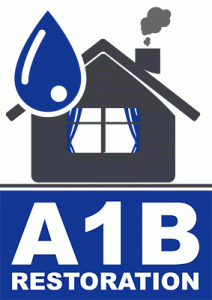
water damage and restoration companies Southlake Texas
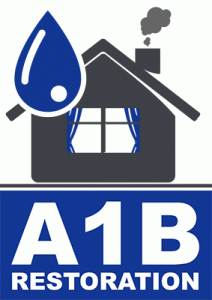
water damage company near me Preston Hollow Dallas Texas
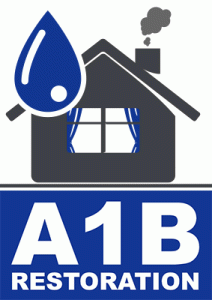
water damage and restoration companies Royse City Texas
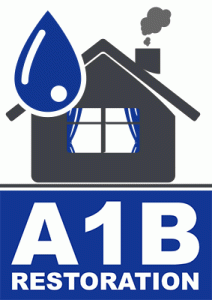
Preston Hollow Dallas Texas water cleanup service near me

emergency water damage restoration Arlington Texas

water damage restoration services near me Rowlett Texas
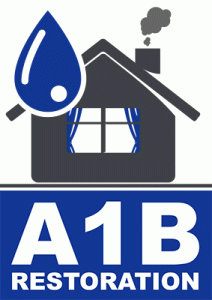
water damage and restoration companies Rowlett Texas
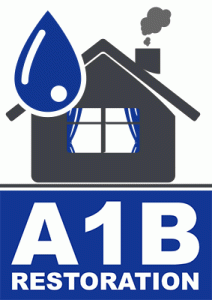
water remediation company near me Highland Park Texas
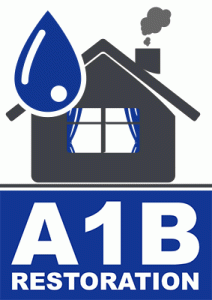
water damage restoration services near me Dallas Texas

Rockwall Texas restoration water damage companies
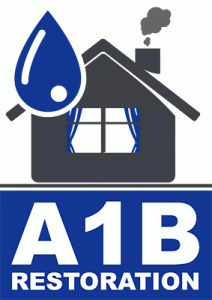
Grapevine Texas water damage restoration service near me
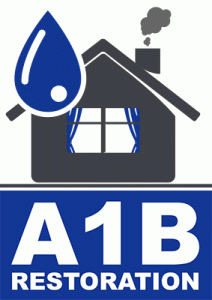
Arlington Texas water damage restoration service near me

Lake Dallas Texas water extraction company near me

Carrollton Texas water damage restoration near me

Lewisville Texas water damage restoration service near me

Little Elm Texas water damage restoration near me
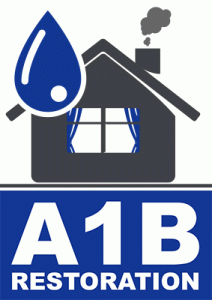
Colleyville Texas water damage restoration near me

Lakewood Dallas TX water damage restoration companies near me

Preston Hollow Dallas TX restoration water damage experts
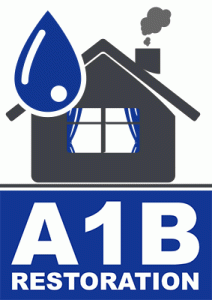
Grand Prairie TX water damage restoration company
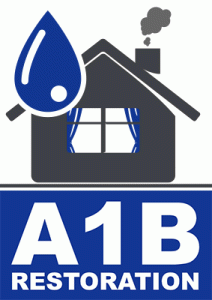
Highland Park TX water damage restoration services

The Colony TX water damage restoration companies near me

Colleyville TX water damage restoration companies
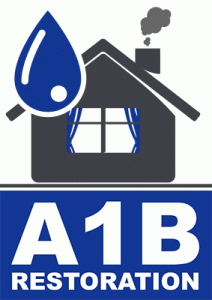
emergency water damage restoration Fairview Texas

restoration services water damage Colleyville Texas

water damage and restoration companies Rockwall Texas
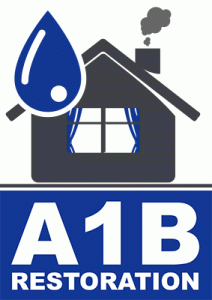
emergency water damage restoration Sunnyvale Texas
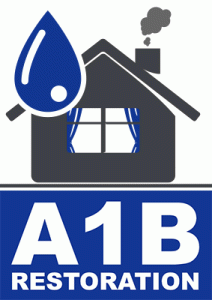
water damage restoration service Duncanville Texas
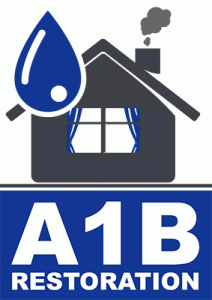
water damage companies near me Flower Mound Texas
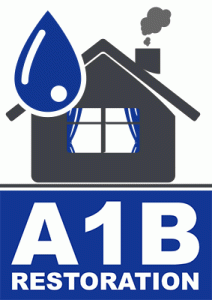
best water damage restoration near me Wylie Texas

residential water damage restoration Keller Texas

restoration company water damage Carrollton Texas
